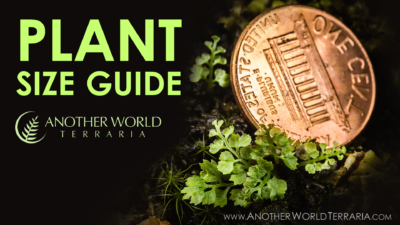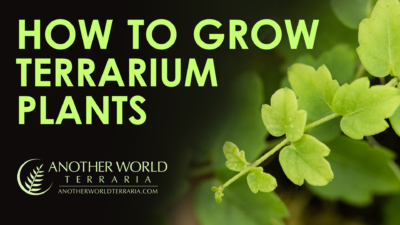Genus
Sinningia See All Search SiteSpecies
pusillaTaxon Family
GesneriaceaeOrigin of Taxon
Brazil SoutheastGrowth Habit
Clumping, TuberousRest Period
Sporadic - Partial to full foliage die back and dormancy.Images
-
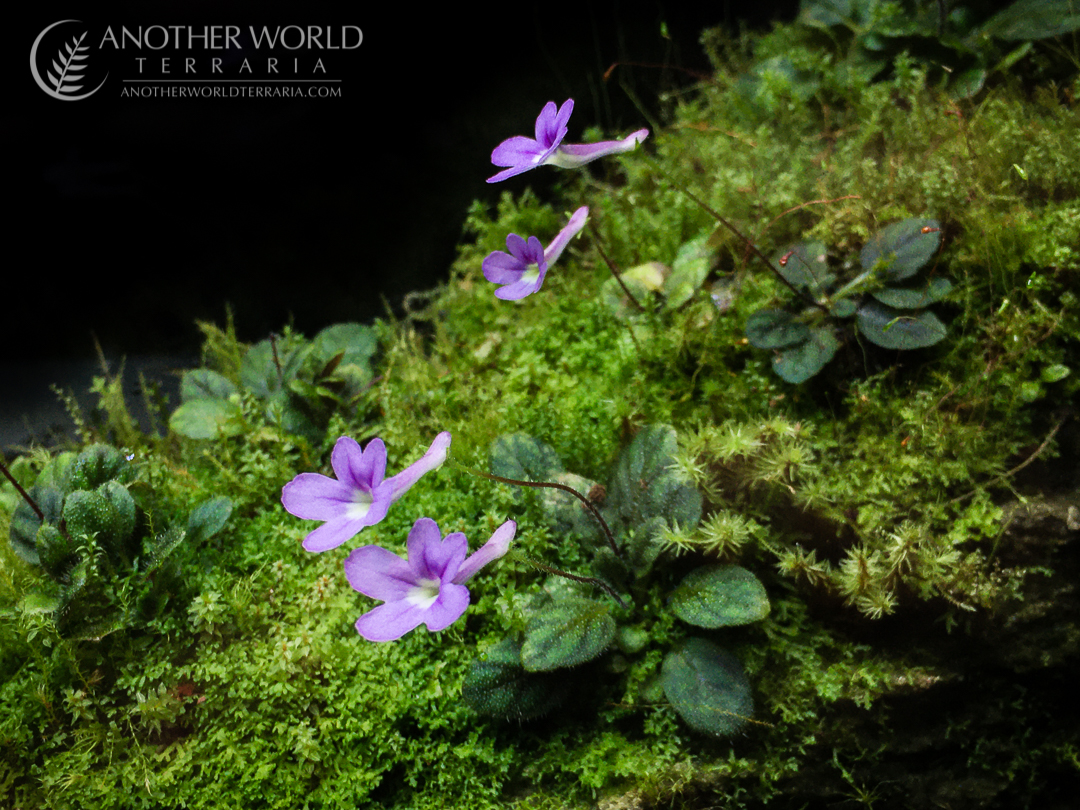
-
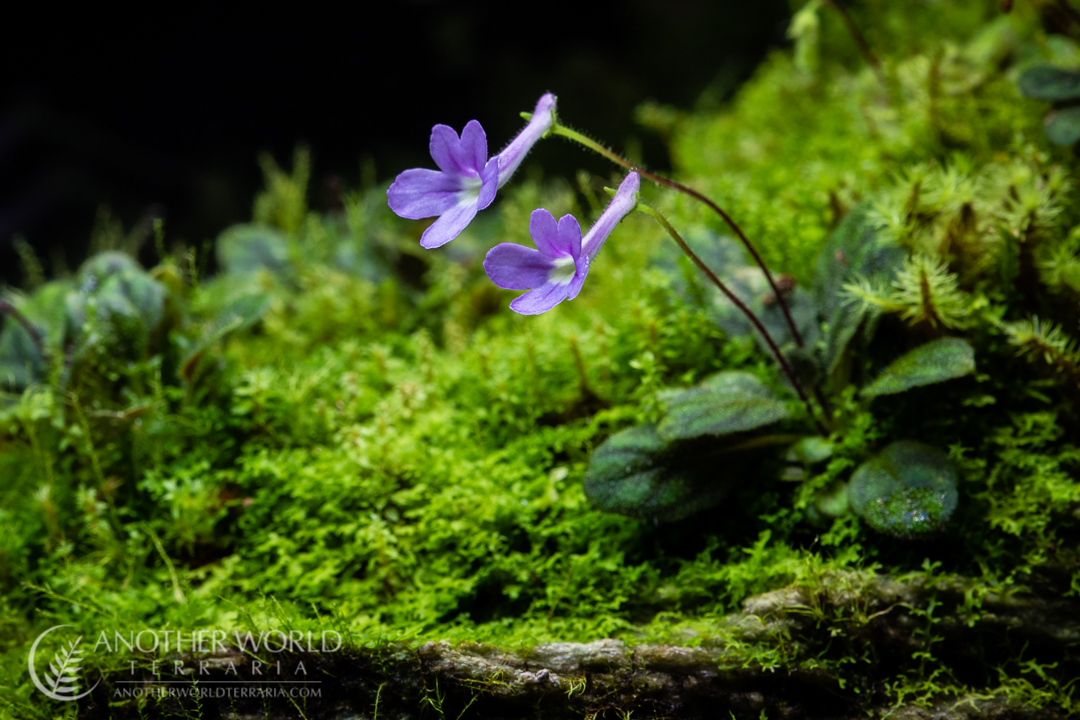
-
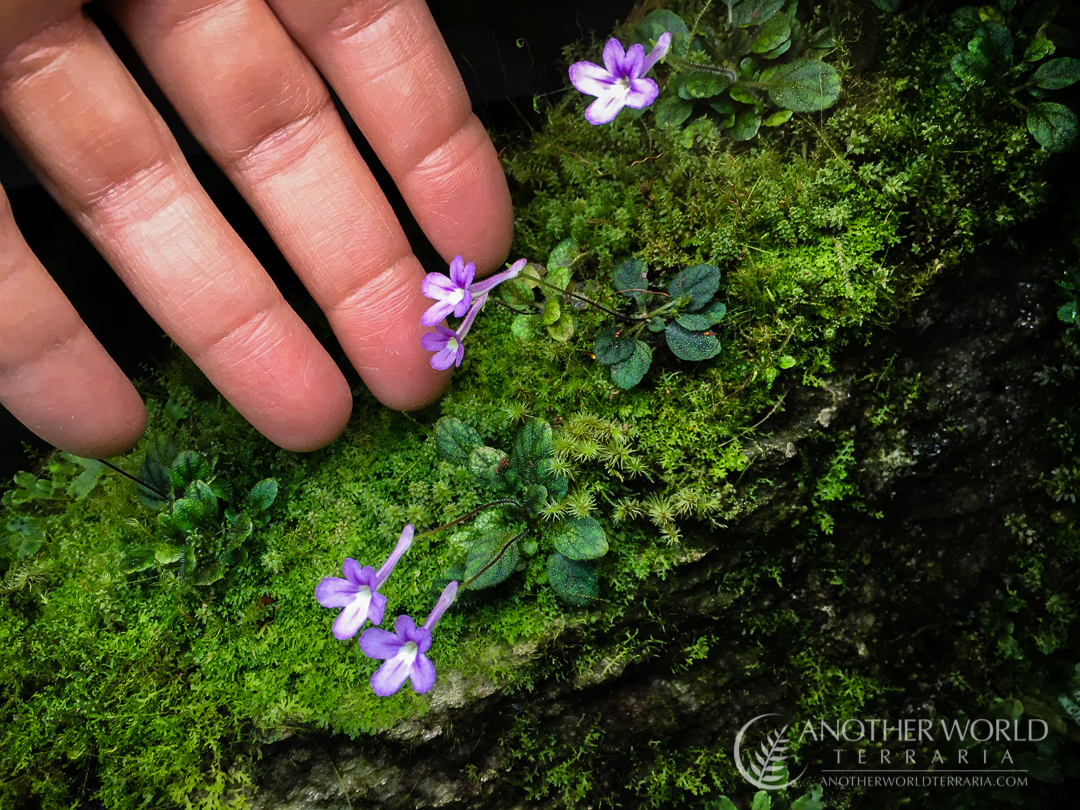
-
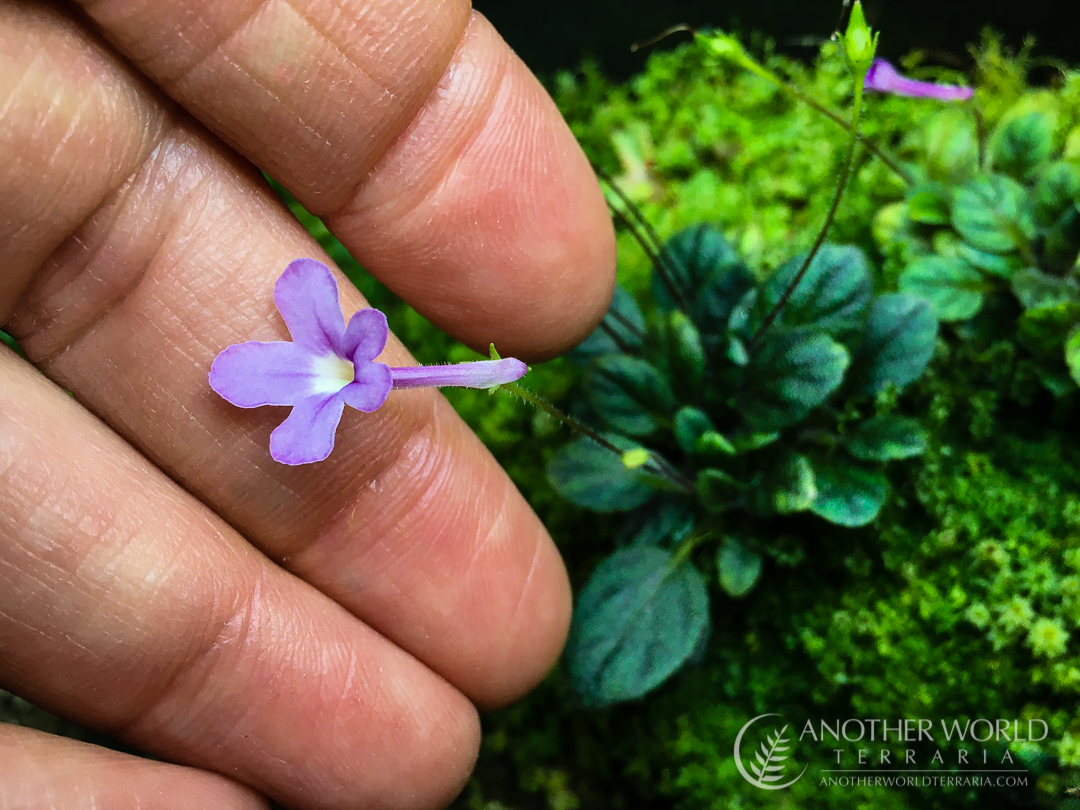
-
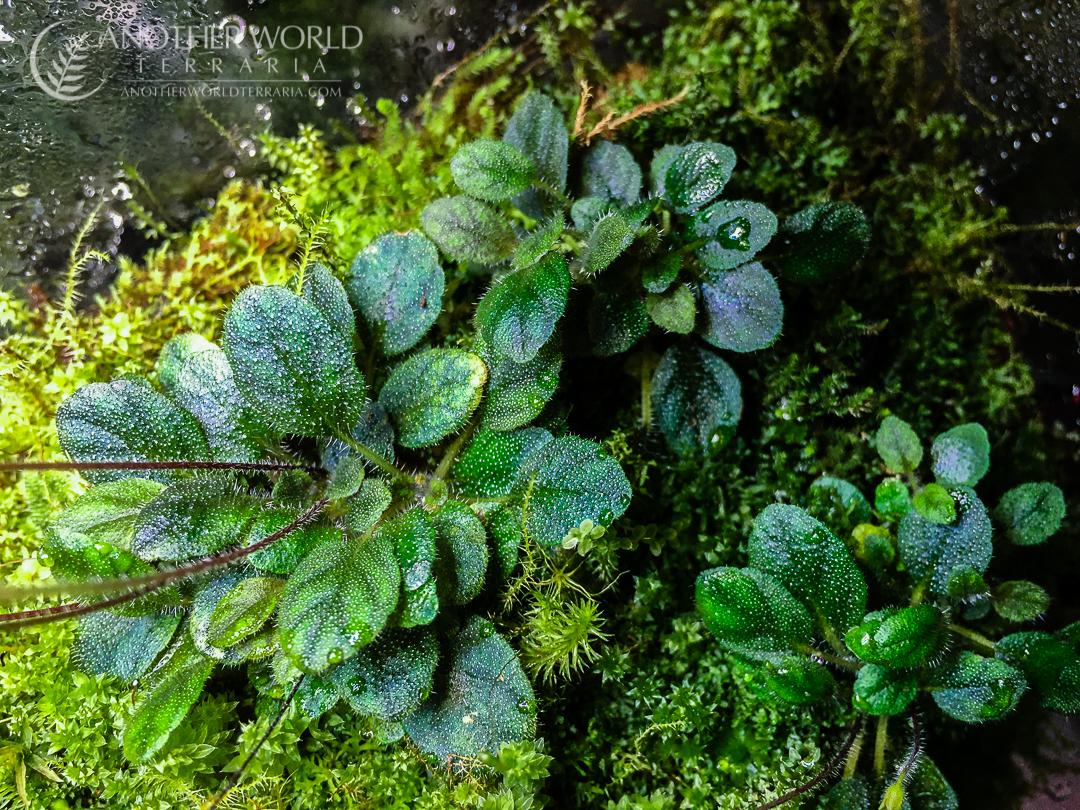
-
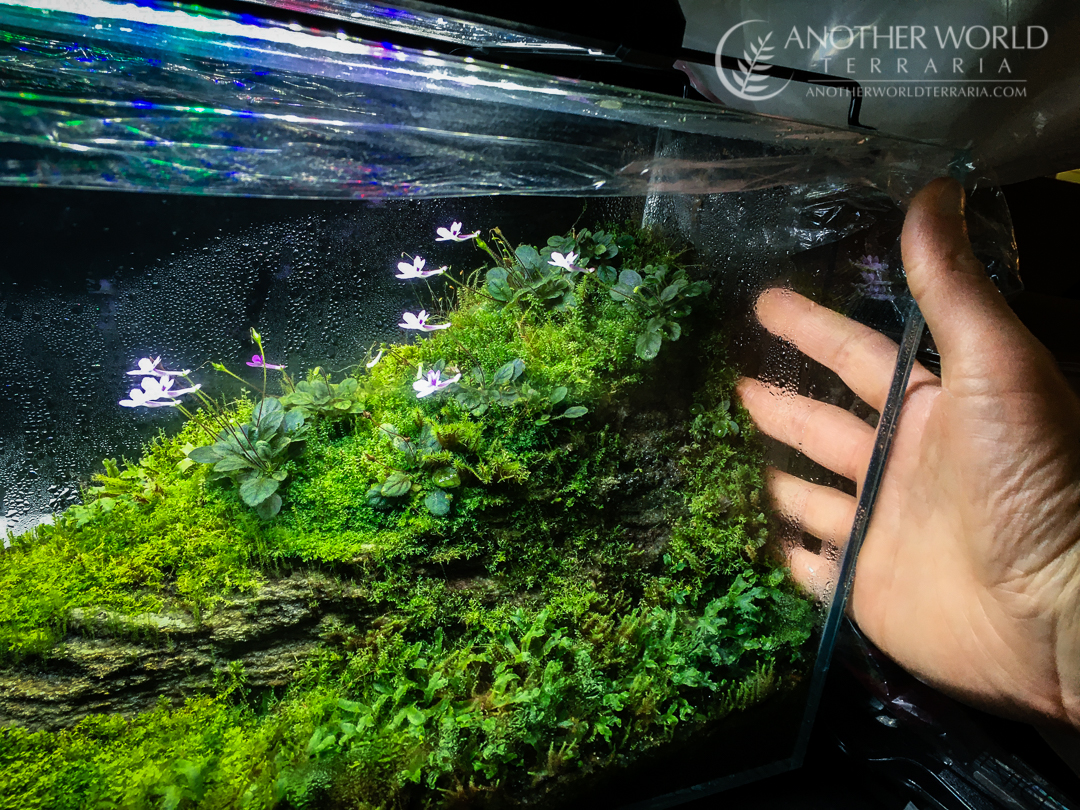
-
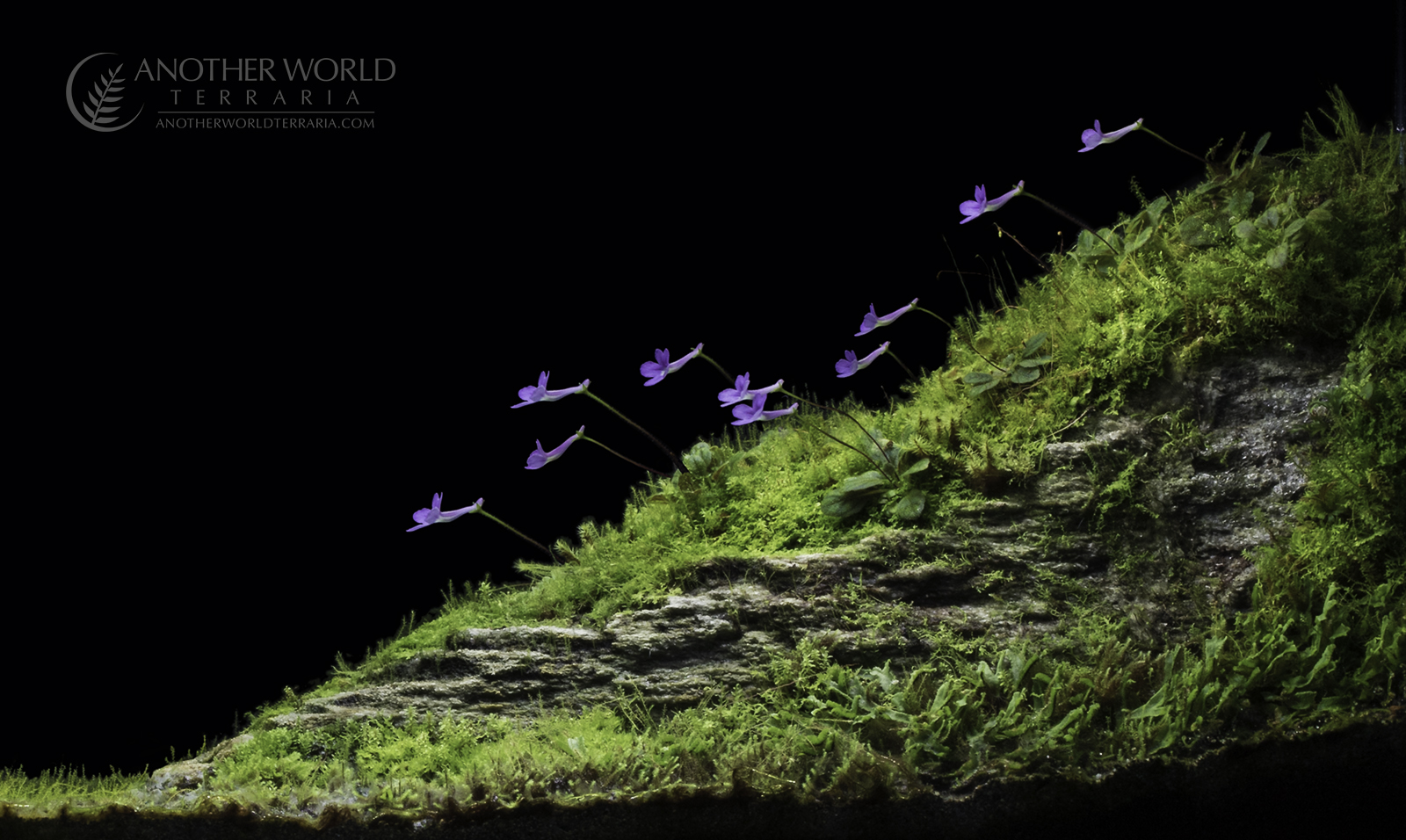
"Streambank Pano" terrarium by Another World Terraria
-
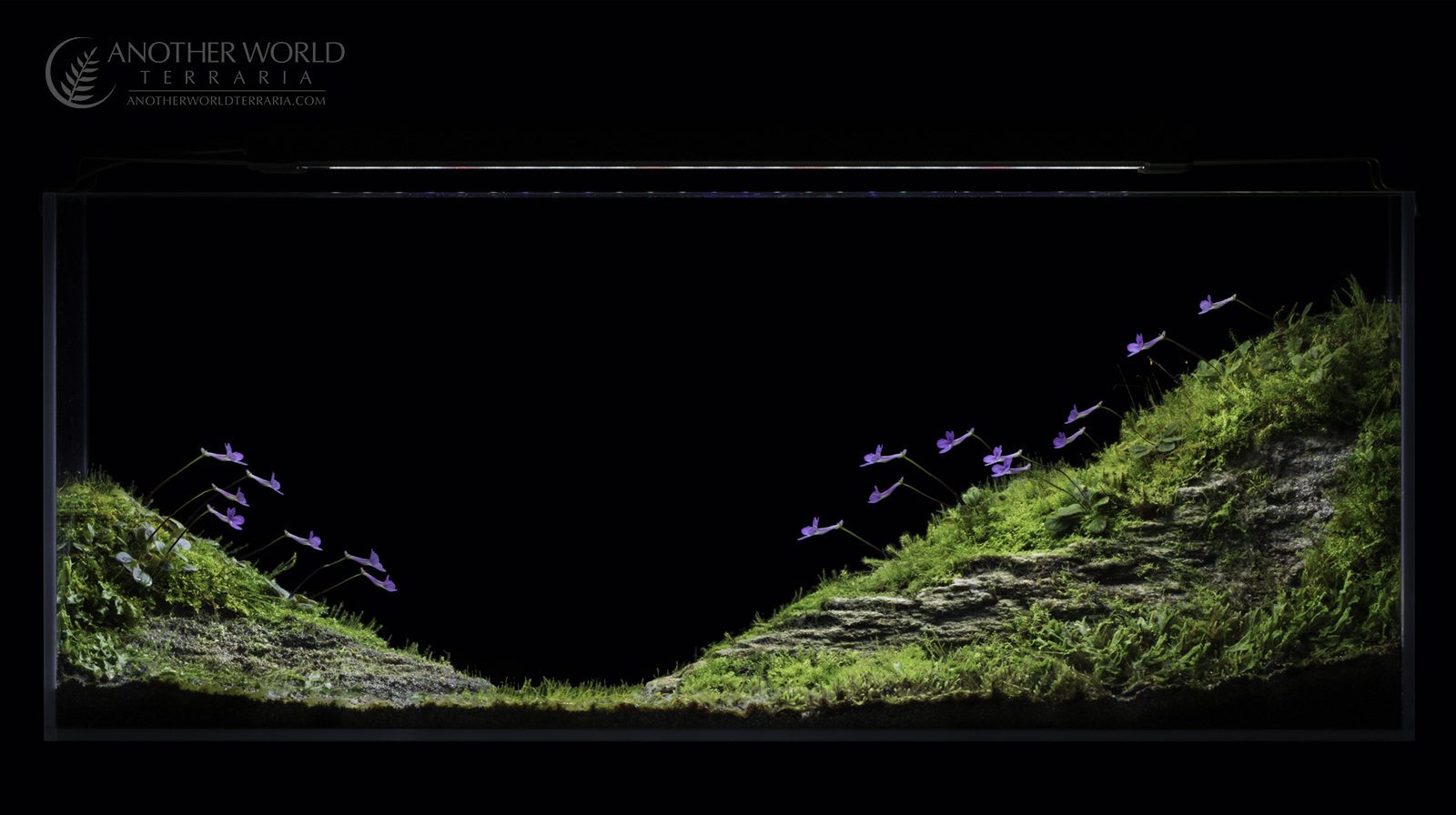
"Streambank Pano" terrarium by Another World Terraria
Description
This delightful Gesneriad is a dream come true for miniature plant collectors. Categorized as a micro-miniature, the truly diminutive size of this species becomes apparent when seen next to a recognizable object such as a coin. Its tiny size, in combination with its preference for high humidity and warm temperatures, makes this plant very ideal for terrarium culture.
For an example of Sinningia pusilla in a terrarium, see my Streambank Pano terrarium, featured in the photos section on this page, as well as in my portfolio.
Foliage & Growth Habit
Sinningia pusilla leaves are about ¼” to ½” long, barely crenate margin, medium to dark green, occasionally with purple or blue cast in dim light, with contrasting darker primary veins, papillose and covered in many minute trichomes. Leaf petiole is generally ¼” to ½” long, in proportion to leaf size. Individual plants ¼” to ½” tall, up to a maximum of 2″ across. This tuberous species may form dense, compact, many-leafed clumps of multiple plants.
Flowers
Flowers of Sinningia pusilla are about ¾” long, ½” wide at the petals, varying shades of violet, whitish throat. Flower stems very thin (1mm), hairy, about 1.5″ long, semi-erect.
Culture info
Substrate
Sinningia pusilla often grows on boulders in the wild, and other surfaces where moss and forest detritus may collect and decompose, providing a moist, acidic, but well-drained condition. Therefore, a moist but well drained mix is best, with an acidic pH. Some ingredients to consider are peat moss, fine bark, perlite, pumice, Monto Clay (“turface”), Seachem Flourite, and so on.
You can browse the substrates list on my Amazon page to see some of the substrates that I use for my plants and terrariums, as well as the substrate recipes page for info and ideas.
Water
Keep Sinningia pusilla moist, but not too wet. Pure water is recommended. If the plants go dormant, water can be reduced slightly, allowing them to naturally sustain themselves from their tubers, until they are ready to resume growth, at which point water can be increased again.
Humidity
High humidity is best, in line with their jungle habitat
Temperature
Intermediate to warm temperatures are ideal.
Light
Sinningia pusilla is most attractive in low to medium light environments, and can be found in surprisingly dim locations in the wild.
By the way, I have a video that shows and discusses the lights I use for my plants, as well as a tutorial series for how to set up a grow rack.
Air
This species naturally grows on boulder faces, and other open areas, where some air movement would probably be present. Air movement is not imperative, but in my experience it seems very beneficial in reducing the chance of rot and melting, and has significantly improved the overall health and vigor of my Sinningia pusilla specimens.
Fertilizer
Osmocote Plus, or liquid fertilizers diluted to ¼ or ½ strength.
See my plant fertilization video for more info, or pick up some of my recommended fertilizers on Amazon.
Propagation
Seed – Sinningia pusilla will self-seed easily
Division – Carefully and gently divide tuberous clumps with a pointed but blunt object such as a dull pencil. The plants are extremely fragile and are likely to lose many of their leaves during this process. However they will bounce back quite quickly, often with renewed vigor.
Leaf cuttings – Cut leaves off with as much petiole as possible, lay on moist substrate and extremely high humidity
Where to Buy
References
- Sinningia pusilla on Gesneriad Reference Web
- "Streambank Pano" Sinningia pusilla terrarium
- GBIF search for "Sinningia pusilla"
- Kew Plants of the World search for "Sinningia pusilla"
- WikiSpecies search for "Sinningia pusilla"

